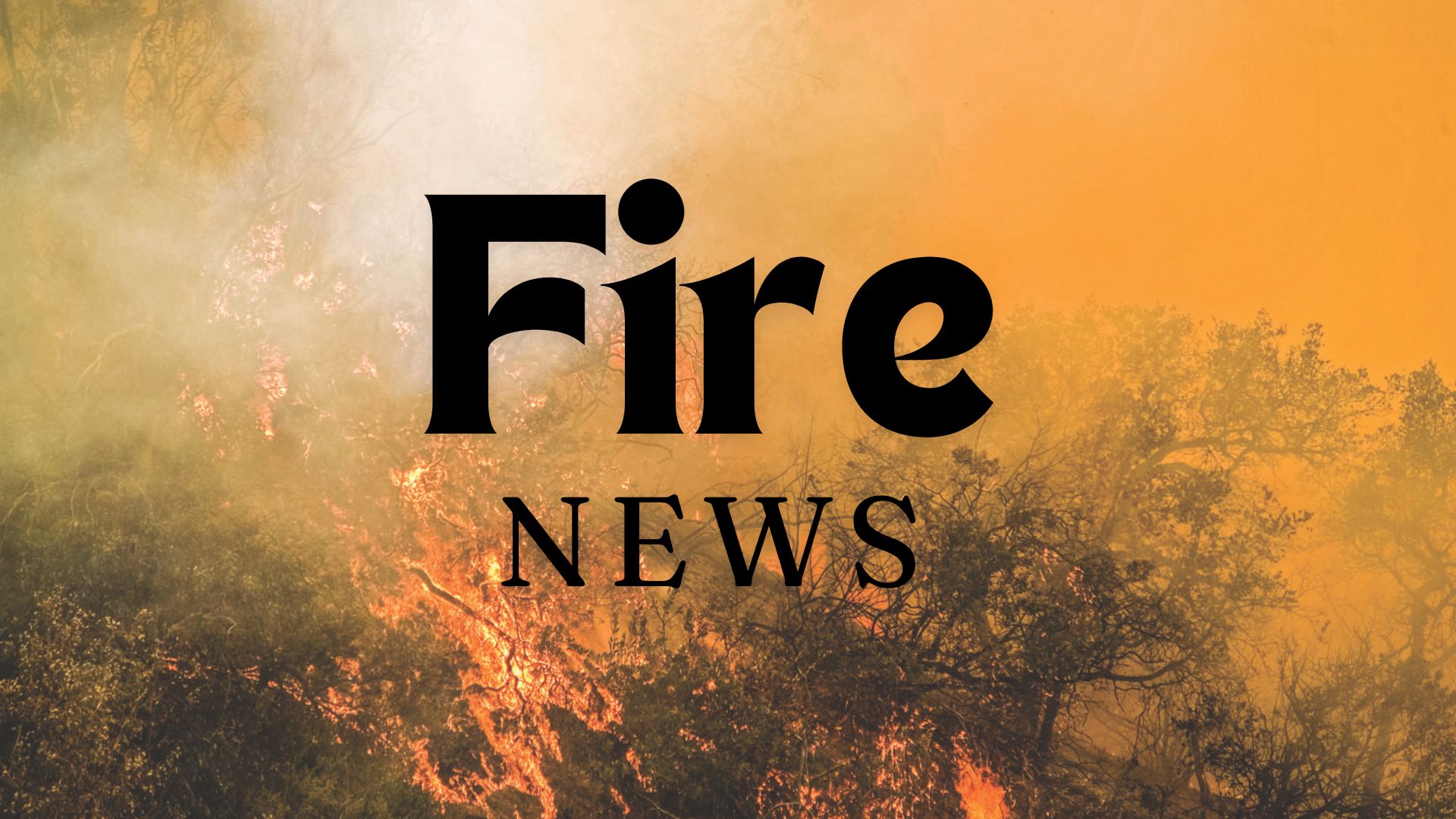'Finally on the offense', Crews work to protect ‘critical values’ in unprecedented fire conditions

SHERIDAN — Firefighters have been on the defensive for most of the Elk Fire’s duration. A few days ago, they began taking a more offensive approach, Bighorn National Forest Supervisor Andrew Johnson said during a public meeting Wednesday evening.
As of about 9 p.m. Wednesday, the Elk Fire had burned 76,738 acres.
A 20-person hand crew, two engines and an air attack aircraft were first dispatched to the fire nearly two weeks ago.
“We were on the defense then, and we were on the defense until the last few days,” Johnson said. “But, things have changed. The weather has slowed down, the team is doing amazing work and I feel like we’re finally on the offense.”
Johnson said crews have started taking actions to protect critical values — such as human lives, property and drinking water. Among the actions are putting fire on the ground to “steal fuel from this fire,” he said.
Casey Cheesbrough, the incident commander for the Rocky Mountain Incident Management Team, said the team is more concerned with protecting those critical values than the fire’s acreage growing.
“That continued smoke, that continued fire behavior, we know it’s happening, we’re keeping an eye on it,” Cheesbrough said. “But, our focus remains on those critical values.”
Johnson said crews have been faced with unprecedented fire conditions. The fire has been more active at night than during the day and has made runs downhill, rather than the typical uphill, he said.
“This fire is behaving like a teenager,” Johnson said. “It lays down and sleeps during the day and gets unruly at night.”
Field Operations Section Chief Adam Ziegler said the fire running downhill in the middle of the night has presented multiple challenges, including not being able to see while fighting the fire at night. He said the unusual fire behavior has forced crews to change their tactics, which has included pushing two parallel lines ahead of the fire to black line — burning potential fuels next to a control line — from Big Goose Canyon to Red Grade Road.
“We’re creating a black buffer ahead of this fire that will hopefully be done before this pushes on us again,” Ziegler said. “So, that’ll be a wide enough line to catch that pulse and that way we’re not on the defensive again. We’re on the offensive, we’re pushing down.”
Unusually warm and dry weather for September and October have contributed to favorable fire conditions. Incident meteorologist Shawn Palmquist said weather forecasts indicate slightly cooler temperatures and slightly more humid conditions over the next few days.
“They’ll still be near to above normal, but cooler than we’ve seen. Higher relative humidity, and especially during the nighttime,” Palmquist said. “After that, as we start looking toward Sunday and into early next week, we are looking at warm and dry conditions to continue.”
This story was published on October 11, 2024






